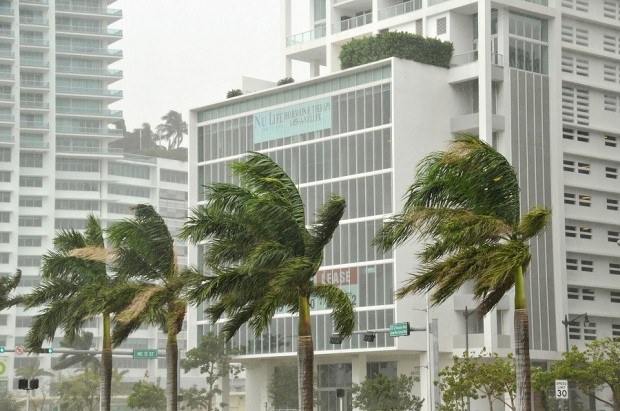In a briefing published on it the website Monday, reinsurance broker Guy Carpenter said noted that alternative reinsurance capital helped drive traditional reinsurance pricing down for midyear renewals.
“After years of evaluating the catastrophe bond market as a viable risk asset class, investors are now comfortable breaking away…from price levels set by the traditional market,” said Lara Mowery, Global Head of Property Specialty at Guy Carpenter, in the briefing. “The impact has been dramatic this year, with robust catastrophe bond, sidecar and collateralized reinsurance activity triggering downward pressure on rates in the traditional market in order to remain competitive.”
For the first time, there were several instances of insurance-linked securities (ILS) pricing delivering a more cost effective risk transfer solution than traditional vehicles, the briefing said.
Referring to Florida renewals specifically, the briefing noted that reinsurance pricing “fluctuated moderately over the last two years,” and that going into this year’s renewals, there were expectations for lower pricing—”influenced by the significant excess of available capacity and the fact that Florida has been hurricane loss-free for seven consecutive years.”
But the price declines actually achieved were “more substantial” on average than originally anticipated, according to George Carse, Head of the Tampa Office at Guy Carpenter.
“This year, market expectations going into June renewals were such that pricing would moderate in line with January 1 trends,” said Carse, describing a renewal season characterized by “flexibility in pricing and structure options from both traditional and alternative reinsurance providers, coupled with a divergence of pricing between Florida-specific catastrophe bond transactions and the traditional reinsurance market.”
He said that catastrophe bond pricing “had a major impact on the renewal process and several Florida-only bonds were quoted,” adding, however that very few of these transactions actually went to market, “as more traditional products became increasingly competitive.”
Carse also said that many companies took advantage of the savings on their core reinsurance purchases to expand top end and aggregate coverage, allowing them to enter wind season with significantly strengthened protections.
Guy Carpenter reported that roughly $10 billion of new capital has entered the market in the form of catastrophe bonds, sidecars and collateralized structures over the last 18 months as a growing number of investors have been attracted to the reinsurance space by higher yields and low correlations.
Capital emanating from alternative markets, including catastrophe bonds, collateralized reinsurance, industry loss warranty (ILW) products and retrocessional reinsurance, has grown significantly during this period and now accounts for an estimated $45 billion, approximately 14 percent of global property limit in Guy Carpenter’s estimation.
Source: Guy Carpenter briefing at GCCapitalIdeas.com





















 Insurance Costs, Climate Concerns Factor Heavily in U.S. Home Buying Decisions
Insurance Costs, Climate Concerns Factor Heavily in U.S. Home Buying Decisions  What to Expect in 2026: U.S. P/C Results More Like 2024
What to Expect in 2026: U.S. P/C Results More Like 2024  Why the Middle Market Matters and How Insurers Can Capture It
Why the Middle Market Matters and How Insurers Can Capture It  Northern California Flooding This Weekend Caused by Heavy Rain, High Tides
Northern California Flooding This Weekend Caused by Heavy Rain, High Tides 






